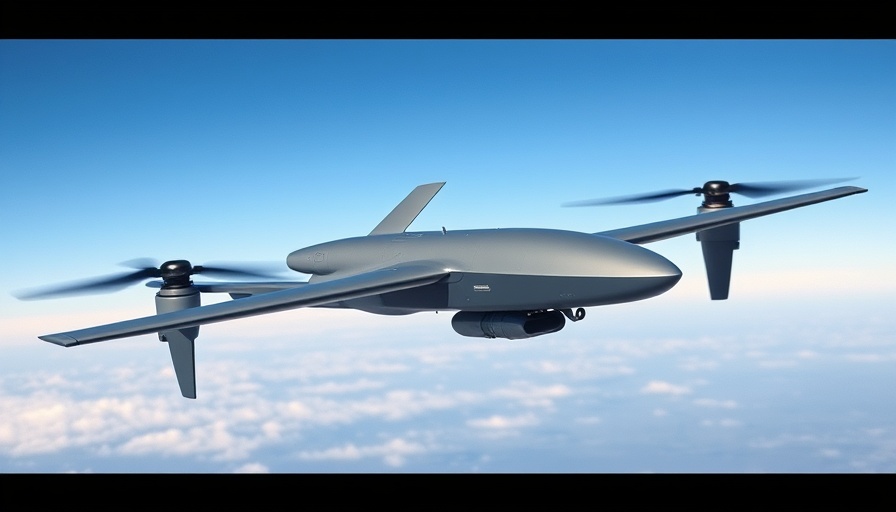
Policy Shifts Affecting TikTok's Future in the US
In a bold move, President Donald Trump reiterated that a deal to save TikTok from a potential ban remains "on the table" after recently escalating tariffs against China. During a press briefing, he acknowledged that negotiations are ongoing, but hinted that China is not pleased with the current terms, particularly in light of the newly imposed tariff rates of 125% on Chinese goods.
Understanding the Broader Context of US-China Trade Relations
The recent tariffs, a significant increase from previous rates, exemplify the intensifying tensions between the US and China, particularly as the TikTok negotiations unfold. For businesses, particularly those in sectors reliant on technology and social media engagement, this could serve as an influential case study on how global economic policies can reverberate through the corporate landscape. The long-term implications of rising tariffs may strain supply chains and elevate operational costs, especially for businesses that depend on imports from China.
The Economic Stakes Involved in TikTok's Ownership
Trump mentioned several potential American buyers, including tech giants Oracle and Microsoft. This could pose an advantageous opportunity for firms looking to leverage TikTok's vast user base of approximately 150 million Americans while navigating the complex regulatory environment. The potential sale not only addresses national security concerns about data management but also opens the door for American innovation within the digital content space.
Potential Buyers and Their Interests
Although the Trump administration has kept specifics vague, reports suggest that Oracle has been engaged in talks aimed at safely managing American data collected by TikTok. Microsoft's interest underscores the platform’s potential for robust integration with other Microsoft products, potentially reshaping the social media landscape. Meanwhile, Amazon's involvement also reflects a shifting dynamic among these tech giants as they jockey for a competitive edge in the digital marketing arena.
Consumer Perspectives on TikTok's Future
The looming deadline for TikTok’s divestment brings uncertainty to users who have integrated the platform into their daily routines. For health-conscious businesses and socially responsible developers, this situation raises questions about user privacy and data protection, prompting a reevaluation of how platforms manage user data. As stakeholders, both consumers and businesses must remain vigilant, analyzing how these developments could impact their digital engagement strategies.
Future Predictions: What Lies Ahead?
The trajectory of TikTok offers a glimpse into a broader trend whereby digital platforms may soon face increased scrutiny amid global political tensions. Analysts predict that similar actions could shelve other multinational apps causing ripples that challenge the stability of various sectors reliant on international operations. Businesses should be prepared for ongoing volatility in trade relations that could lead to unforeseen shifts in user engagement, advertising strategies, and data management practices.
To navigate this unpredictable industry landscape, business owners and facility managers are encouraged to stay informed on policy changes and trade negotiations that could impact them. Creating adaptable strategies will be crucial in ensuring resilience amidst these evolving economic tides.
 Add Row
Add Row  Add
Add 




Write A Comment